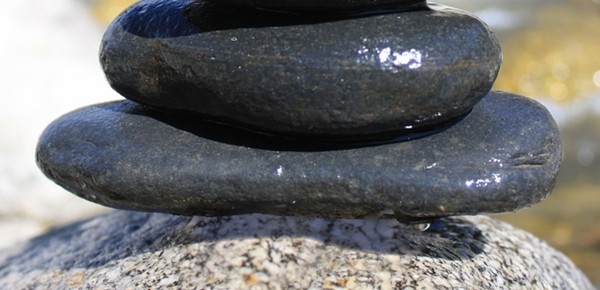
Over the month of November I’ll be writing a weekly post as part of a series I’m dubbing Build A Better Workflow. The first installment is going to focus on apps and services you can add to the equation to help you make a workflow that is better for you.
I talked about a lot of apps during my creativeLIVE course last week. I decided to assemble some information on some of them in a piece here today so that the overwhelm of “app overload” would be lessened just a little bit.
I also wanted to make sure I put the ones here that I’ve found to be the most useful for me to date. There are many others I touched on during my talk, but these ones have stuck with me over a longer period of time, so they deserve to have the spotlight more than others.
Hazel has been a big one for me as it acts as an automation tool more than anything else in my workflow. I’ve only scratched the surface with the rules that can be created and implemented with the app — David Sparks has gone far deeper than most on this front. While it may not be the first app that you’ll want to add to your workflow, it’ll be one to keep at top of mind for addition not too long after your system is established and firmly entrenched in your mind.
In terms of automation, IFTTT and Zapier are great services that you can use to automate tasks that you don’t really need (or want) to do on your own. Definitely worth exploring and slowly integrating over time.
There are a lot of “habit” apps, but the ones I discussed most were Lift, Way of Life, My Minutes, and Clever Routines. If these kind of apps are something you’ll use to not only augment your system but will actually help you stick with it, then give them a look.
TextExpander has been such a huge efficiency and effectiveness booster for me. It works in the background for me and adds so much value to my workflow — and my work as a result. I’d add this – or its Windows counterpart Breevy — to your toolbox sooner rather than later.
Asana is what I use for team-based task management. OmniFocus is my solo task management app of choice. There are many others out there, but I keep coming back to these. If you don’t have a task manager of choice yet and you work with teams and individually, then Asana and Flow are ones you should check out first. And if you’ve already got OmniFocus and don’t feel as if it’s working for you, try checking out OmniFocus Premium Posts and/or Creating Flow with OmniFocus. They are great resources for OmniFocus users of all skill and proficiency levels.
Evernote is a huge asset for me — but it wasn’t always that way. Once I set it up to work for me, it clicked. Before that, it was a mess. Evernote Essentials was a big help, but so was just stepping back and giving Evernote purpose. If you’ve already got an Evernote account, then try that. Add value to it, and it will add value right back.
My mail app of choice is Dispatch on iOS — and it is the app I use to process most of my emails. Why? Because I can get the emails in my email inbox where they really need to be quickly and effectively. If you’re an iPhone user, give it a look. It has saved me a ton of time and energy since I started using it as my primary email app.
One app that I didn’t mention, but was a huge help in getting me up and at ’em in the mornings of my talk was Sleep Cycle. I’ll offer up more thoughts on this in a future post, but if you don’t have an alarm clock app right now then you should check it out.
And of course, I’ve listed a slew of others over at individual living resource pages that are also offered in The Productivityist Workbook.
There’s a lot out there, and there’s nothing wrong with exploring to find what will work for you. It’s when that exploring becomes searching that you may wind up going off in a direction that is unfocused and far removed from why you were exploring in the first place. Hopefully what I’ve offered here will help you search less…and do more.
Photo credit: satty4u via SXC.HU

